Esta publicación también está disponible en:
Español 
What do the source of a river, a forest, a mangrove, a garbage dump and a nature reserve have in common? There is one answer: they are all ecosystems surrounded by human beings. We have had a very positive impact in some while we have ruined others.
The Voice of Guanacaste awarded scholarships to 25 students and professionals to participate in a workshop about resilience and climate change. The scholarships included everything from food to free discussions thanks to the financial support of the Craig Newmark journalism school of the City University of New York (CUNY).
Participants came from fields like communication, anthropology, sociology and education, and were able to closely observe the environmental contrasts of some of Guanacaste’s communities. The goal is that they can take back to their communities, classrooms and media concern for looking at ecosystems as part of their lives and not as “resources” for monetary gain.
Here is a summary of what we experienced during the workshop:
On Friday, we visited the Monte Alto reserve in Hojancha, which has an astonishing history of forest recovery to protect its water resource. This feat began 30 years ago, when they succeeded in saving their aquifers and the Nosara River, whose source is right there.
We went all the way to the river’s mouth at the Pacific Ocean, at Lagarta Lodge, a hotel located in the middle of a nature reserve. There, they presented their sustainability and resilience plan to us. We also talked about the environmental buffer project in Nosara with Ethel Araya, president of the Nosara Civic Association.
We ended the day learning the story of Christian Zumbado, who decided to dedicate himself to recycling when he realized that he wants to leave a legacy for his son. Today he is the administrator of Nosara Recycles.
On Saturday morning, we traveled to the Guanacaste Conservation Area, which has been struggling for 35 years to recover the forest. We had the honor of listening to Daniel Janzen and Winnie Hallwachs, American ecologists and conservationists.
We finished the camp with a session on resilience journalism with our editor Maria Fernanda Cruz and Dale Willman, climate resilience program manager at the Craig Newmark Graduate School of Journalism at CUNY. At the end of the day, the participants surprised us with proposals for subjects that they will work on to use the new things they learned from the course.
If you know any stories about resilience, share them in the comments. We are interested in reading about it.
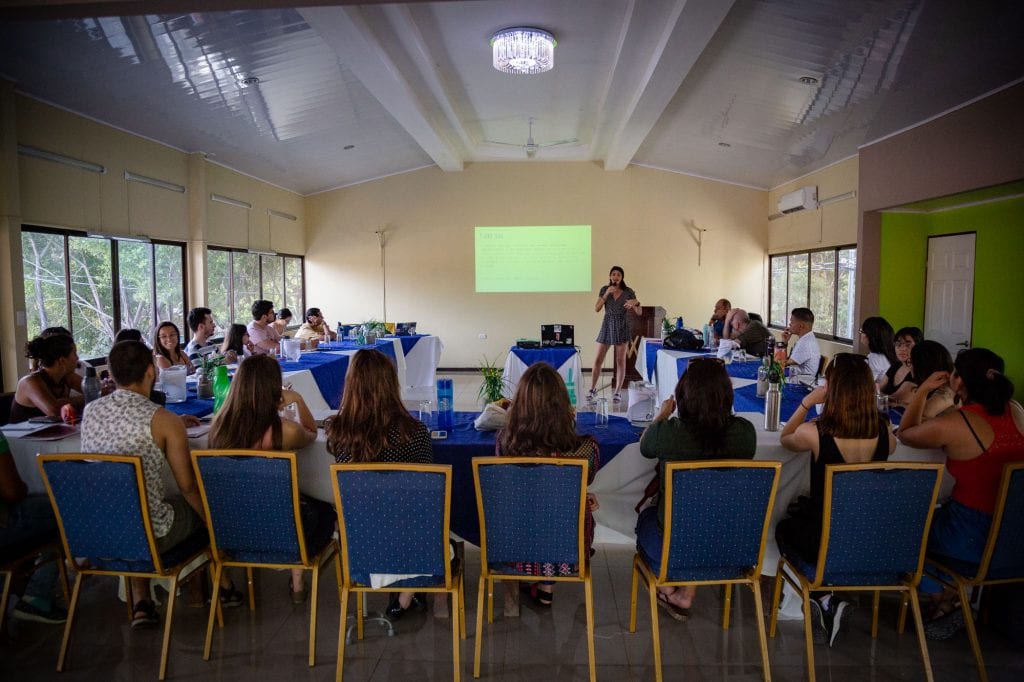
María Fernanda Cruz, jefa de redacción de La Voz de Guanacaste da la bienvenida a los y las participantes del taller de Cambio Climático y Resiliencia. Foto: César Arroyo Castro
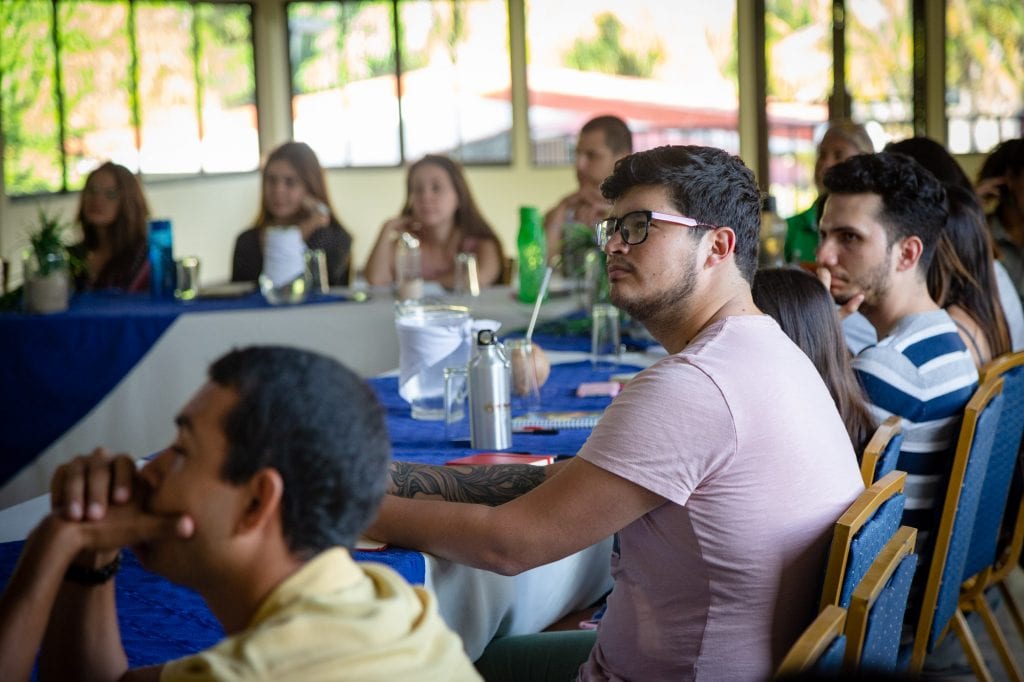
La Voz de Guanacaste becó a 25 profesionales y estudiantes para participar en un taller sobre resiliencia y cambio climático.
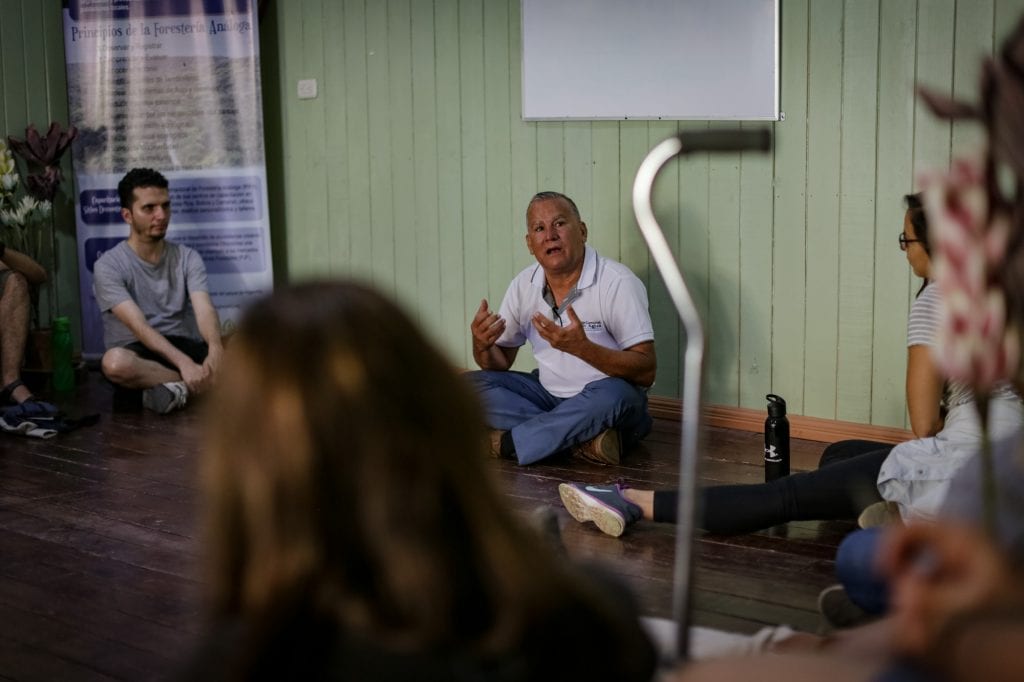
Emel Rodríguez cuenta la historia de cómo Hojancha perdió su bosque y la lucha comunitaria que inició hace 30 años por recuperarlo que .
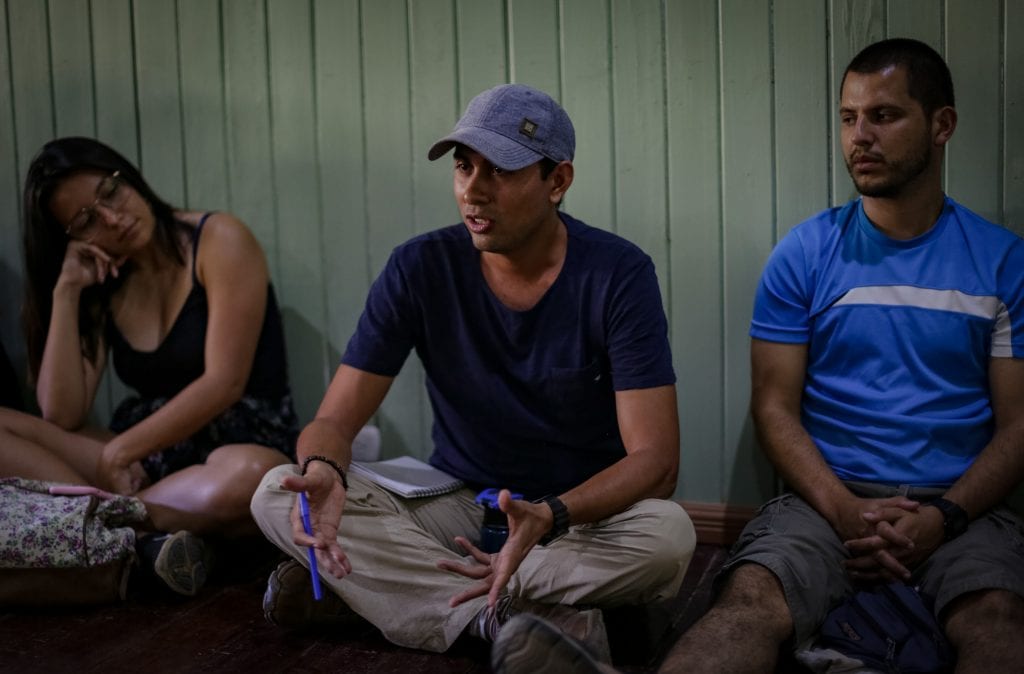
Randall Cárdenas, vecino de Hojancha y participante del campamento habla de la importancia de la Reserva Monte Alto para el cantón.
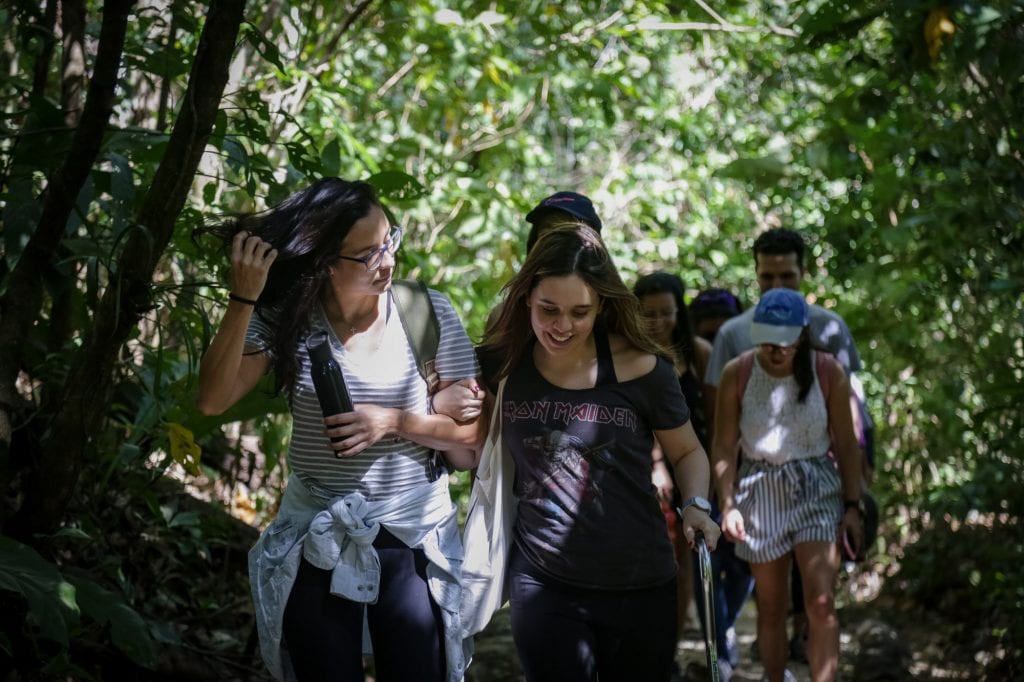
Durante la mañana del viernes
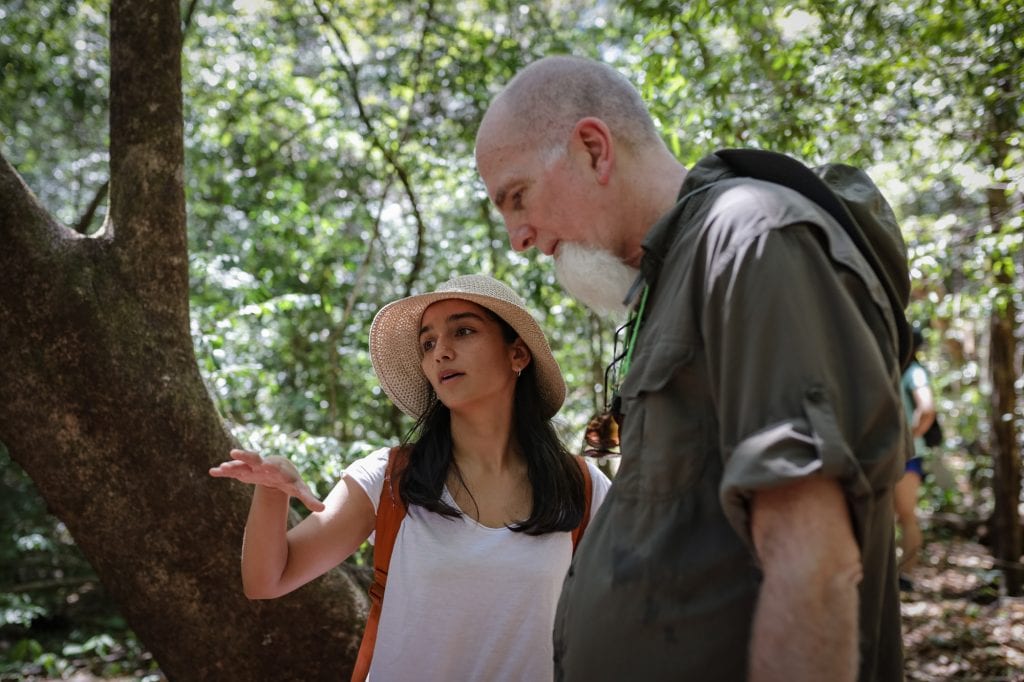
Maribel Arango traduce las charlas a Dale Willman, gerente de programa de resiliencia climática en la Escuela de Graduados de Periodismo Craig Newmark en CUNY.
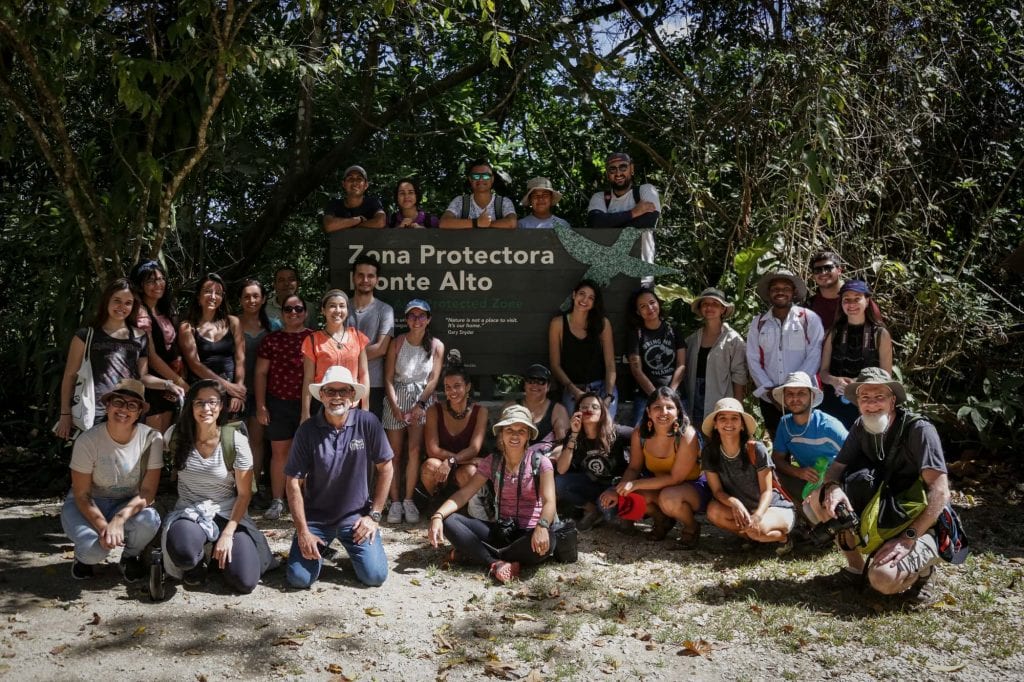
Foto grupal frente a lo que alguna vez fueron hectáreas de potrero seco y ahora conforman
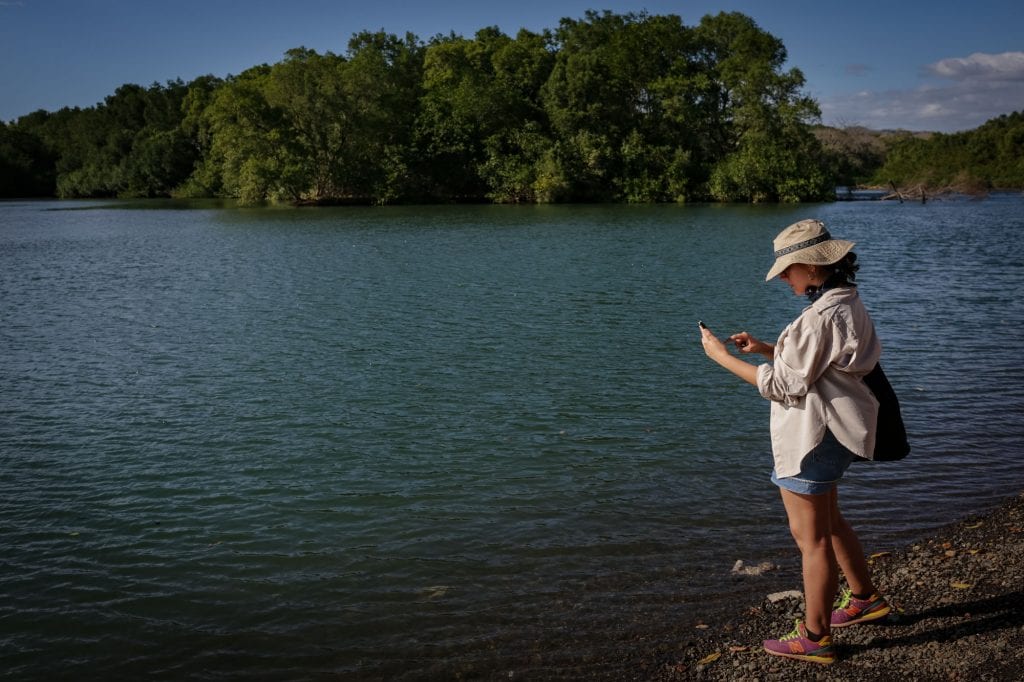
Después de visitar la naciente del Río Nosara en Hojancha, fuimos a ver su desembocadura en Playa Guiones de Nosara.
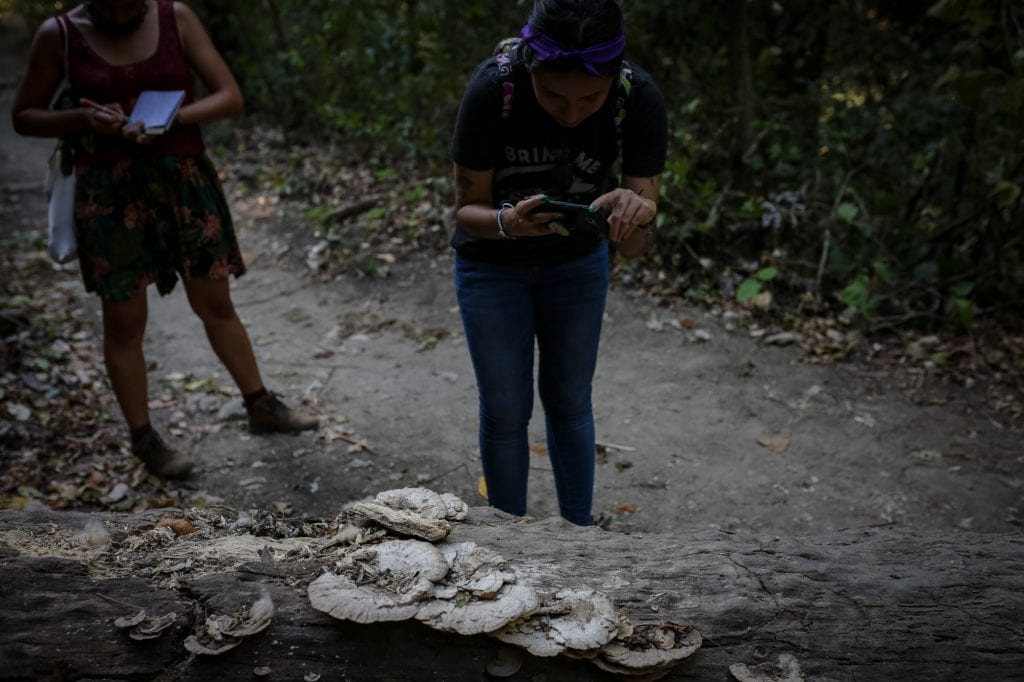
Recorrimos los senderos de Asociación Cívica de Nosara manglares y otros ecosistemas cerca de la boca del Río Nosara.
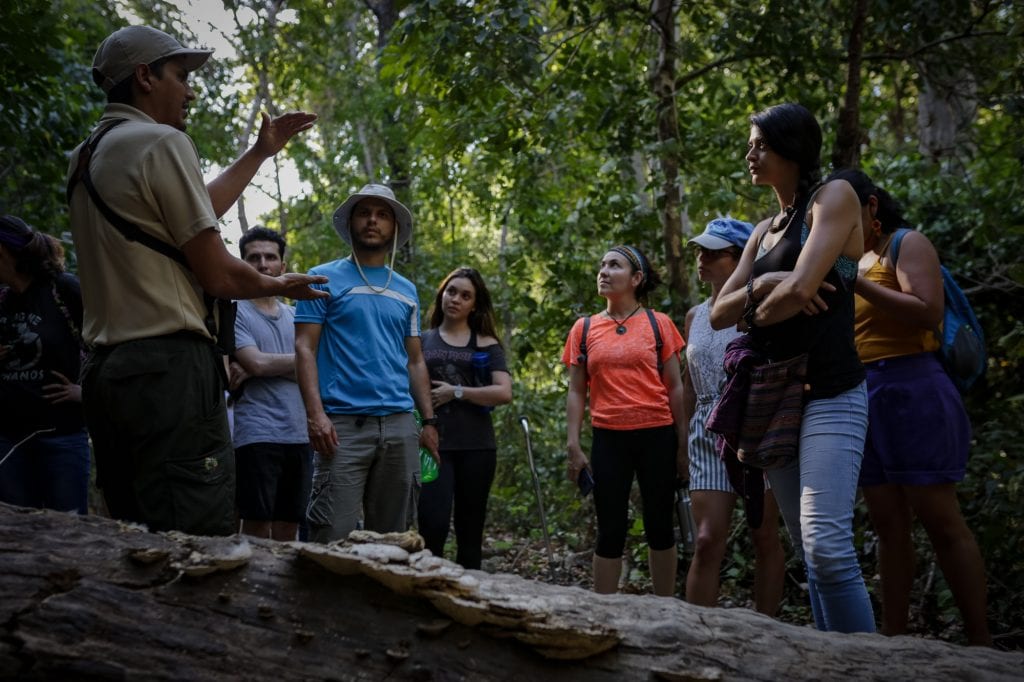
Jairo, guía del hotel lagarta Lodge habla sobre la importancia de los manglares y otros ecosistemas cerca de la boca del Río Nosara.
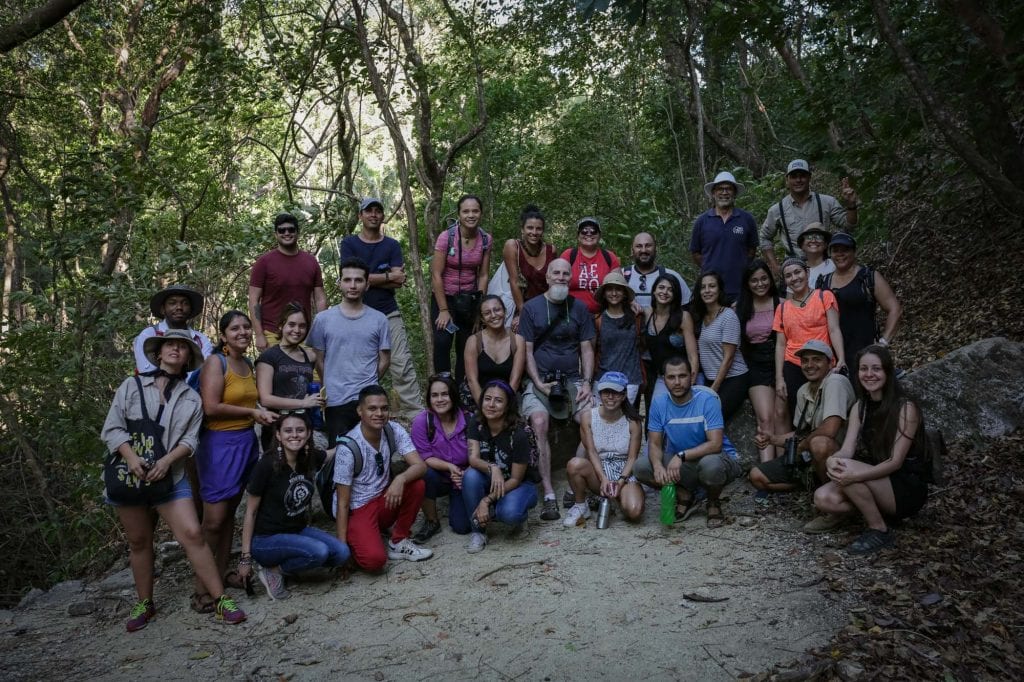
Recorrimos los Senderos de Nosara, una iniciativa de la Asociación Cívica de Nosara por conservar los manglares y otros ecosistemas cerca de la boca del Río Nosara.
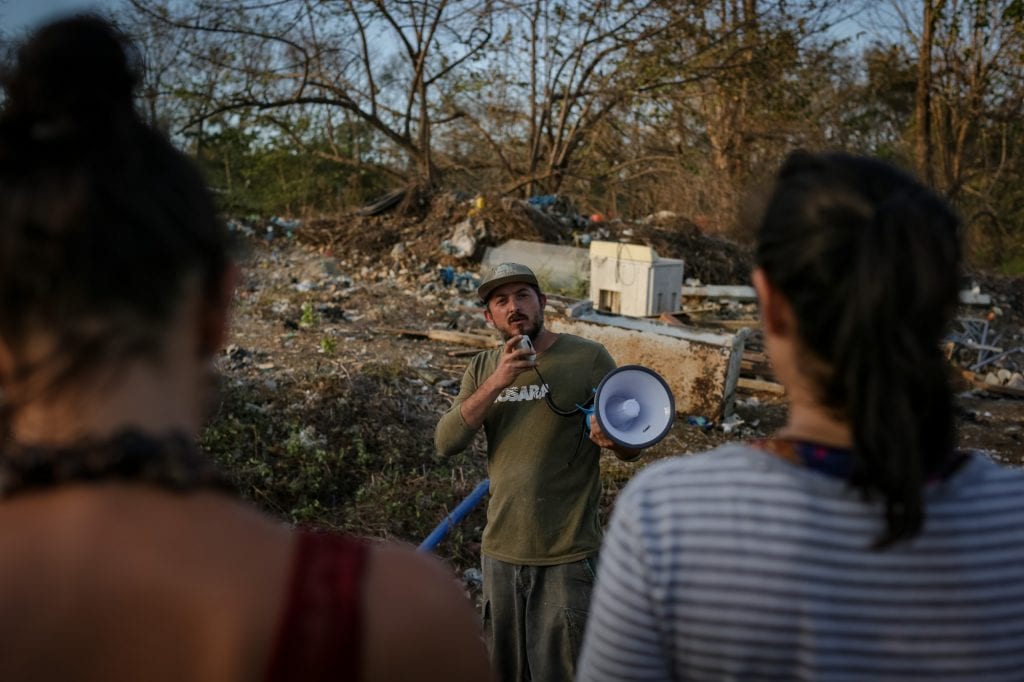
Christian Zumbado, administrador de Nosara Recicla, habla sobre el problema histórico de Nosara con la basura.
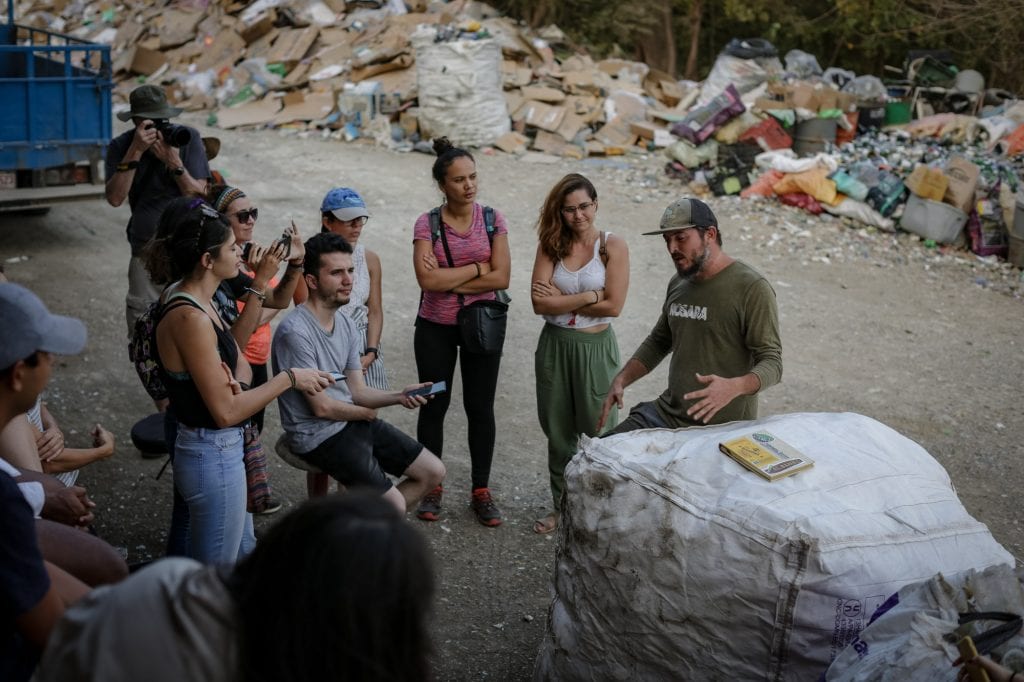
El recorrido por el basurero de Nosara y la charla de Christian, fue para muchos participantes del taller una gran oportunidad para entender la otra cara del turismo en la comunidad.
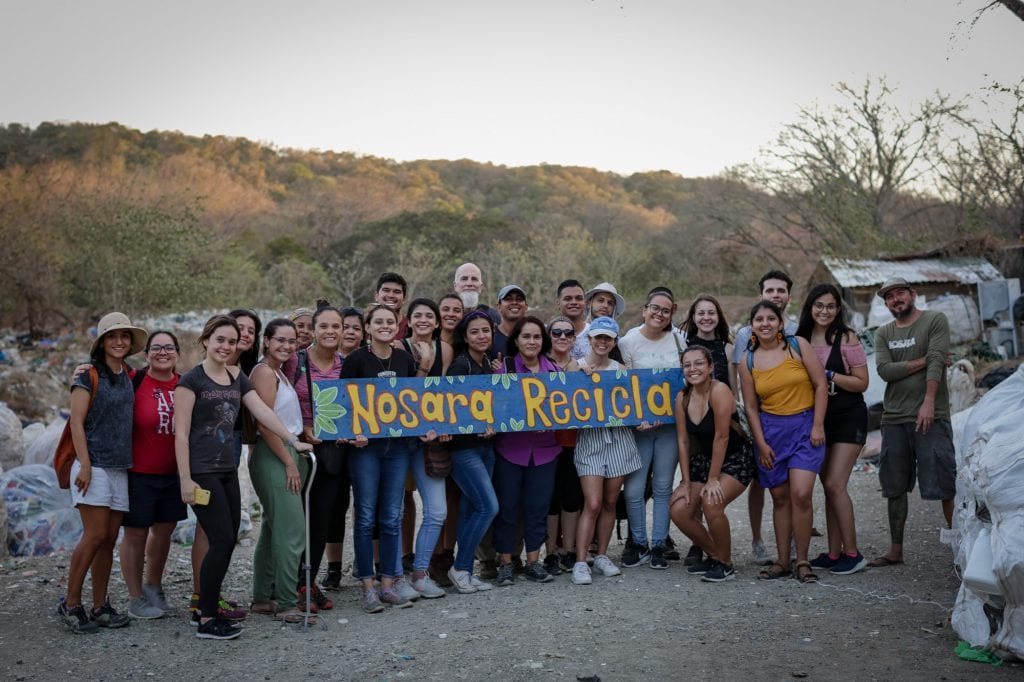
Al final del día tomamos una foto grupal en el botadero de Nosara, un paisaje que contrasta con las que hicimos en Monte Alto y Senderos de Nosara.
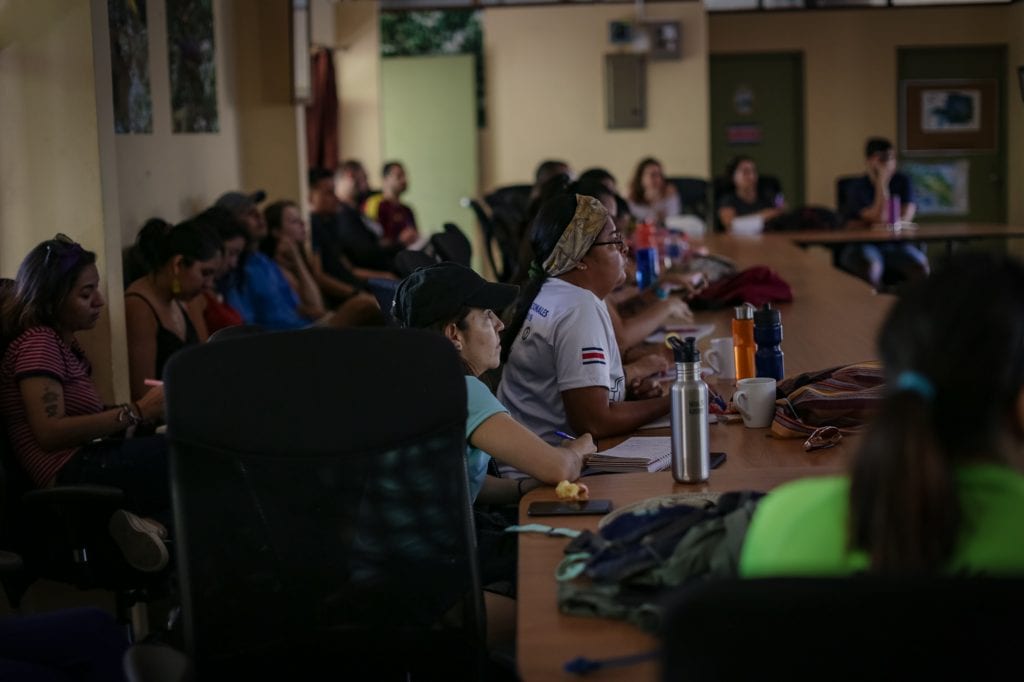
El sábado por la mañana nos dirigimos hacia el Área de Conservación Guanacaste, para conocer la labor de 35 años por recuperar el bosque tropical seco de la provincia.
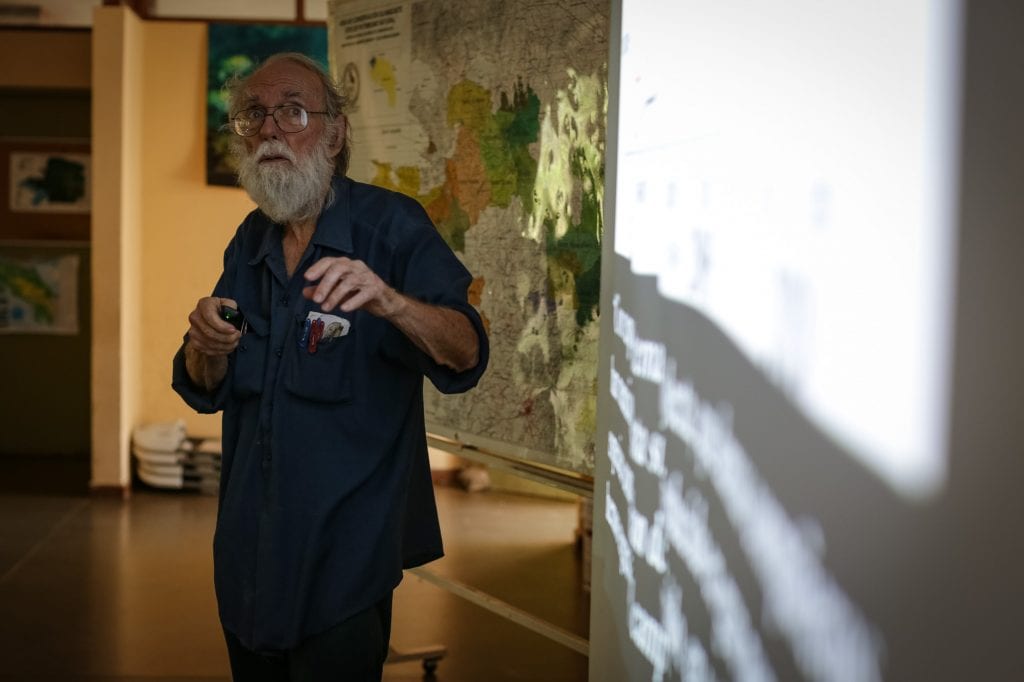
Tuvimos el honor de escuchar a Daniel Janzen hablar sobre la historia del ACG y sus nuevos desafíos.
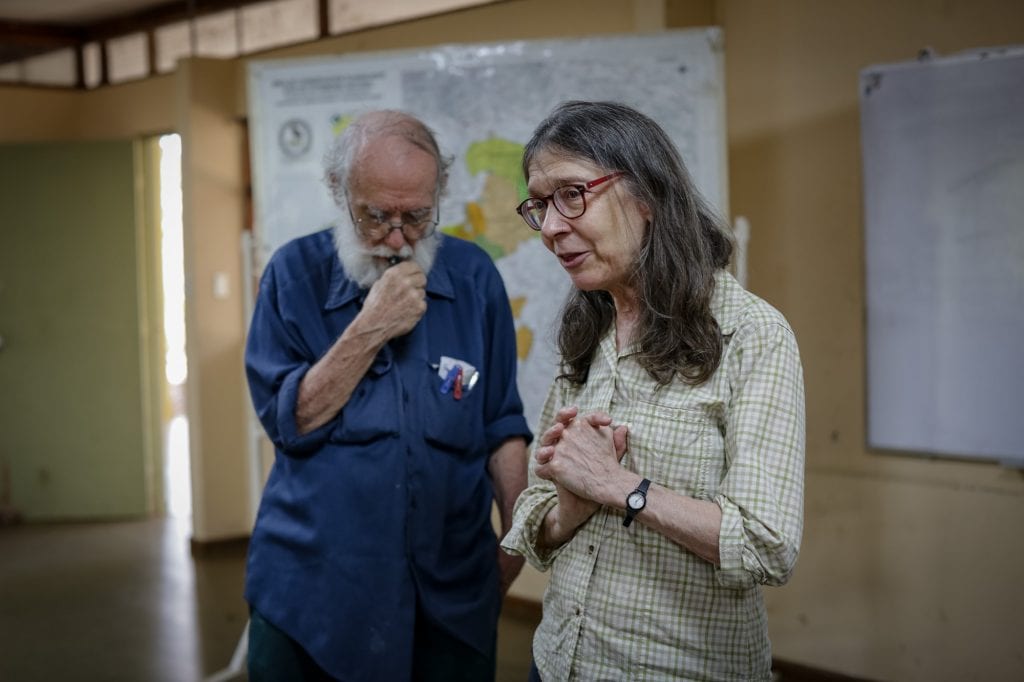
Winnie Hallwachs es una ecologista y conservacionista estadounidense wur ha trabajado durante años en la creación del ACG. Junto con Daniel compartió unas palabras sobre la importancia de la conservación de estos ecosistemas.
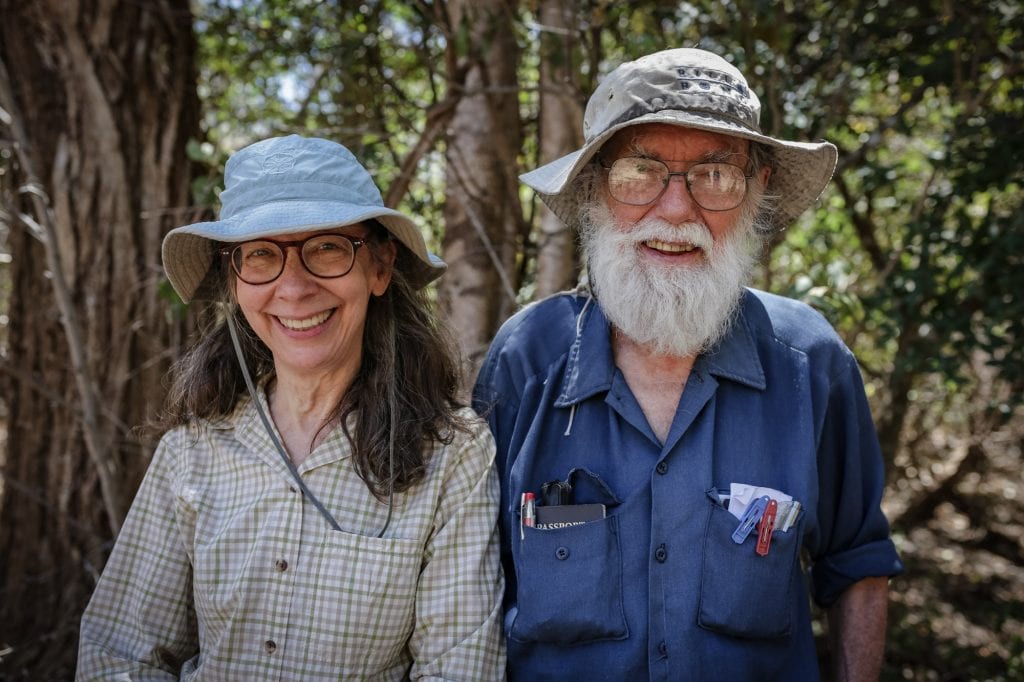
Daniel Janzen y Winnie Hallwachs, ecologistas y conservacionistas estadounidenses pioneros en la creación del ACG Foto: César Arroyo Castro
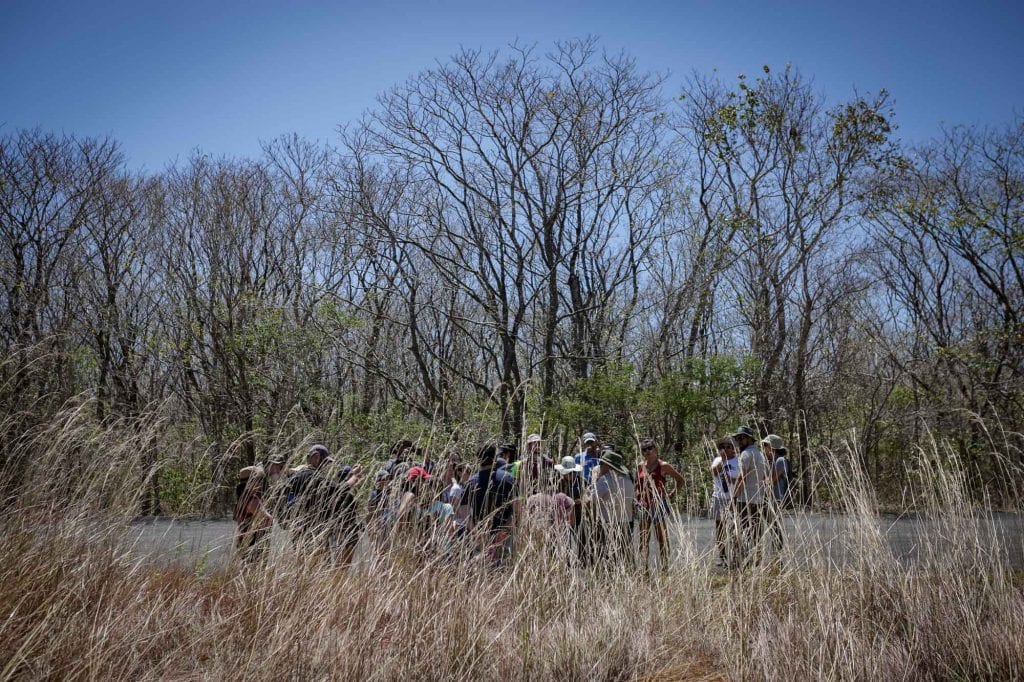
Roger Blanco, quien trabaja en el Area de Conservación Guanacaste desde hace más de 30 años, nos explica en la parcela El Príncipe cómo el fuego afecta al bosque seco y beneficia al pasto africano.
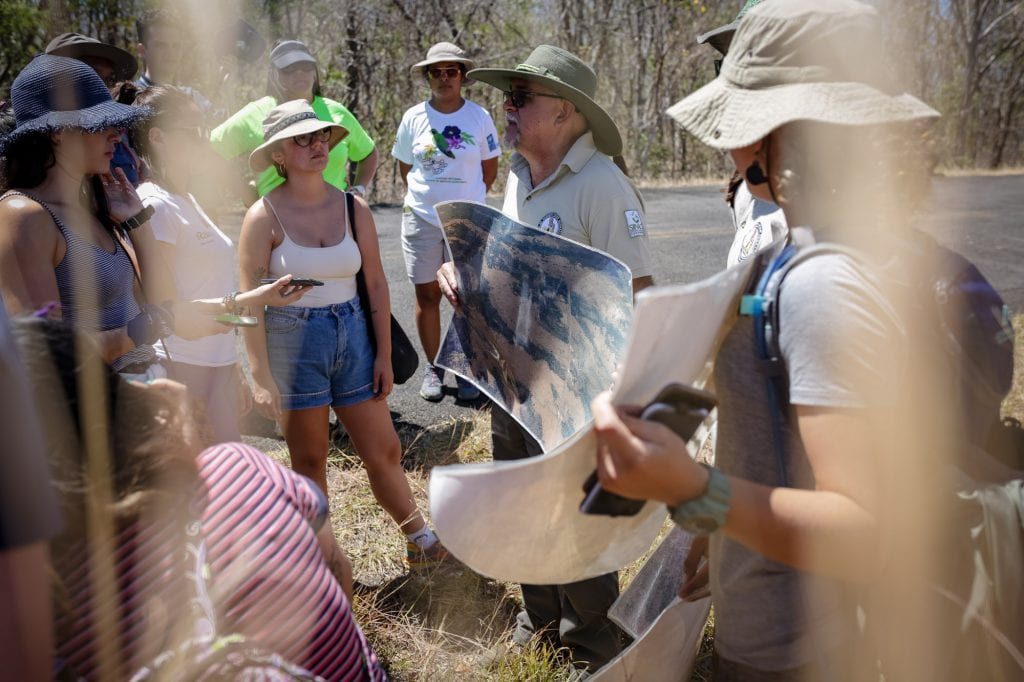
Roger Blanco, quien trabaja en el Area de Conservación Guanacaste desde hace más de 30 años, nos explica en la parcela El Príncipe cómo el fuego afecta al bosque seco y beneficia al pasto africano.
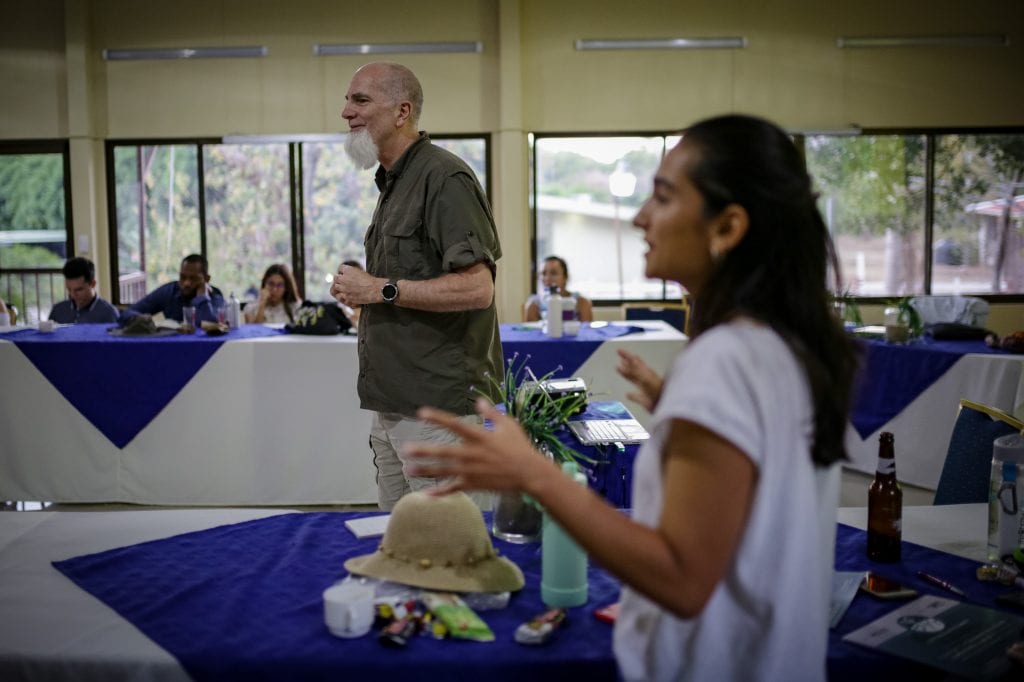
Dale Willman, gerente de programa de resiliencia climática, ofrece algunos consejos a periodistas sobre cómo enfocar mejor sus historias.

Al finalizar el día, los participantes trabajaron de forma colectiva e individual en las propuestas de temas con enfoque climático y resiliencia.
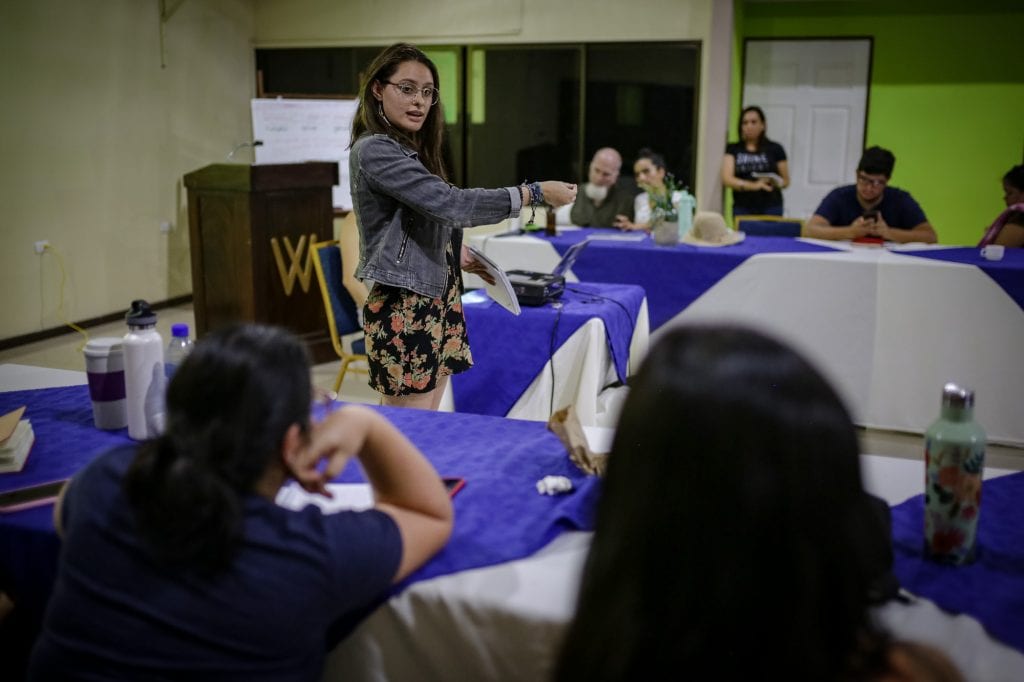
Periodistas, estudiantes y profesoras participantes del taller compartieron con el grupo sus temas a desarrollar a futuro con los


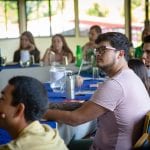
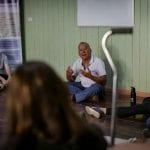
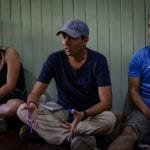
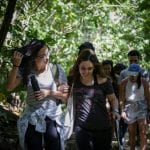
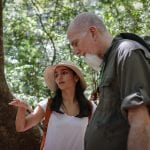
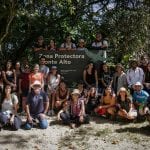
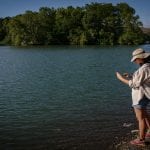
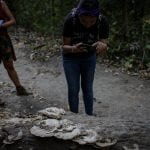
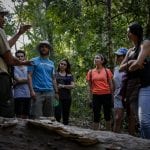
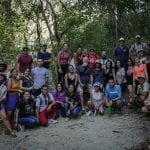
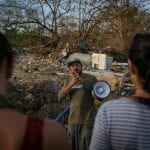


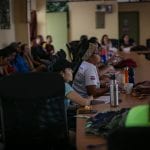
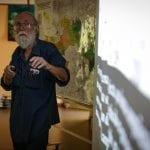
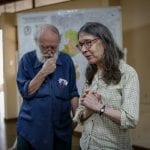
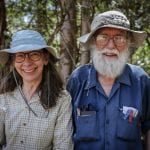
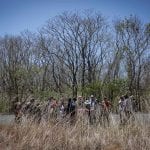
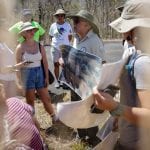
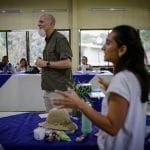
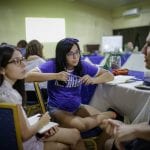
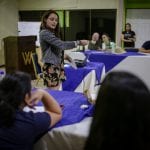

























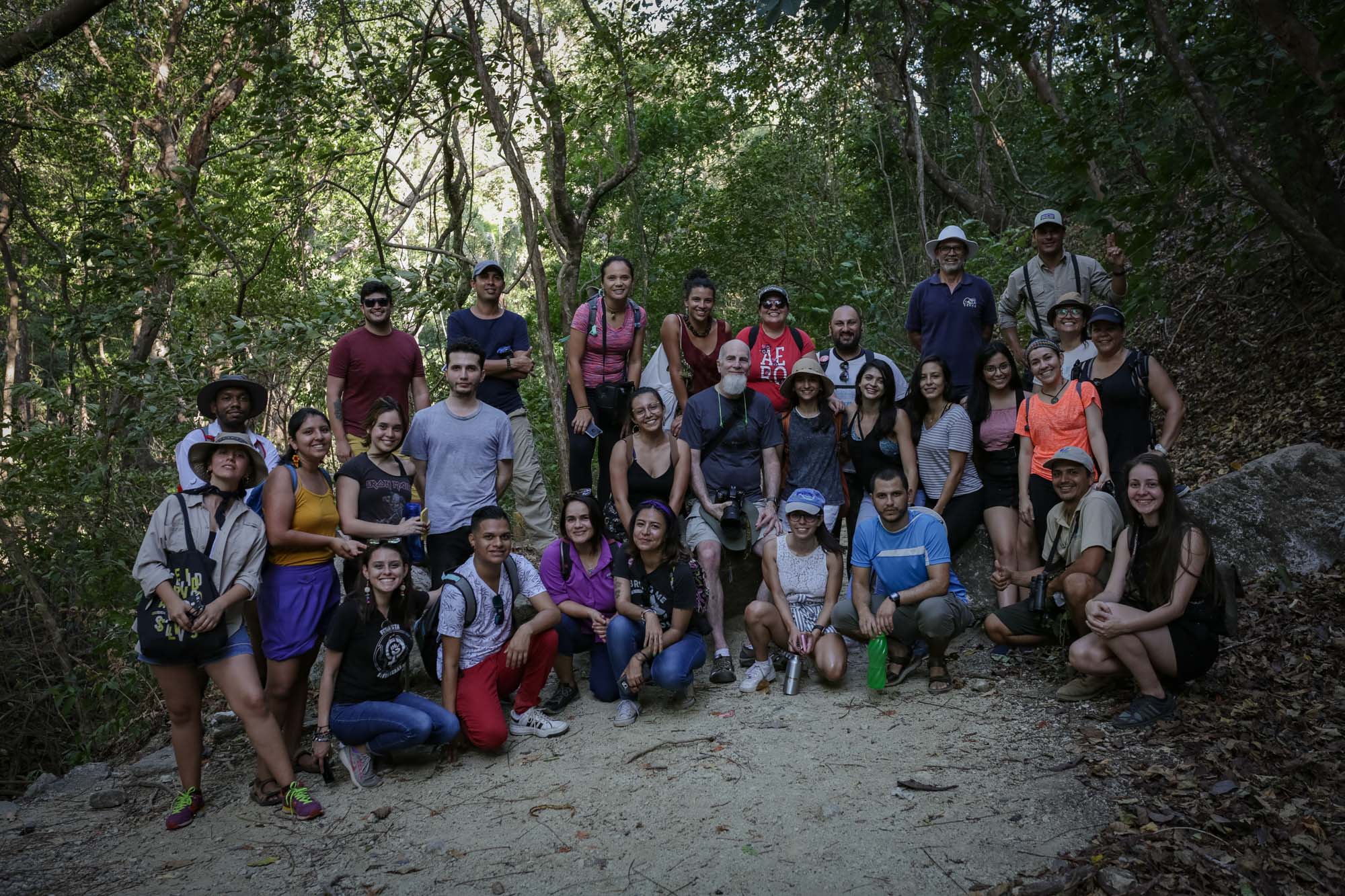
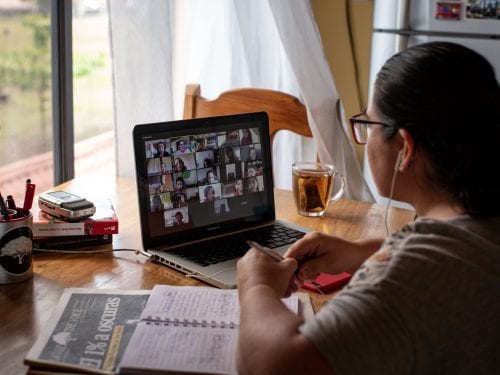
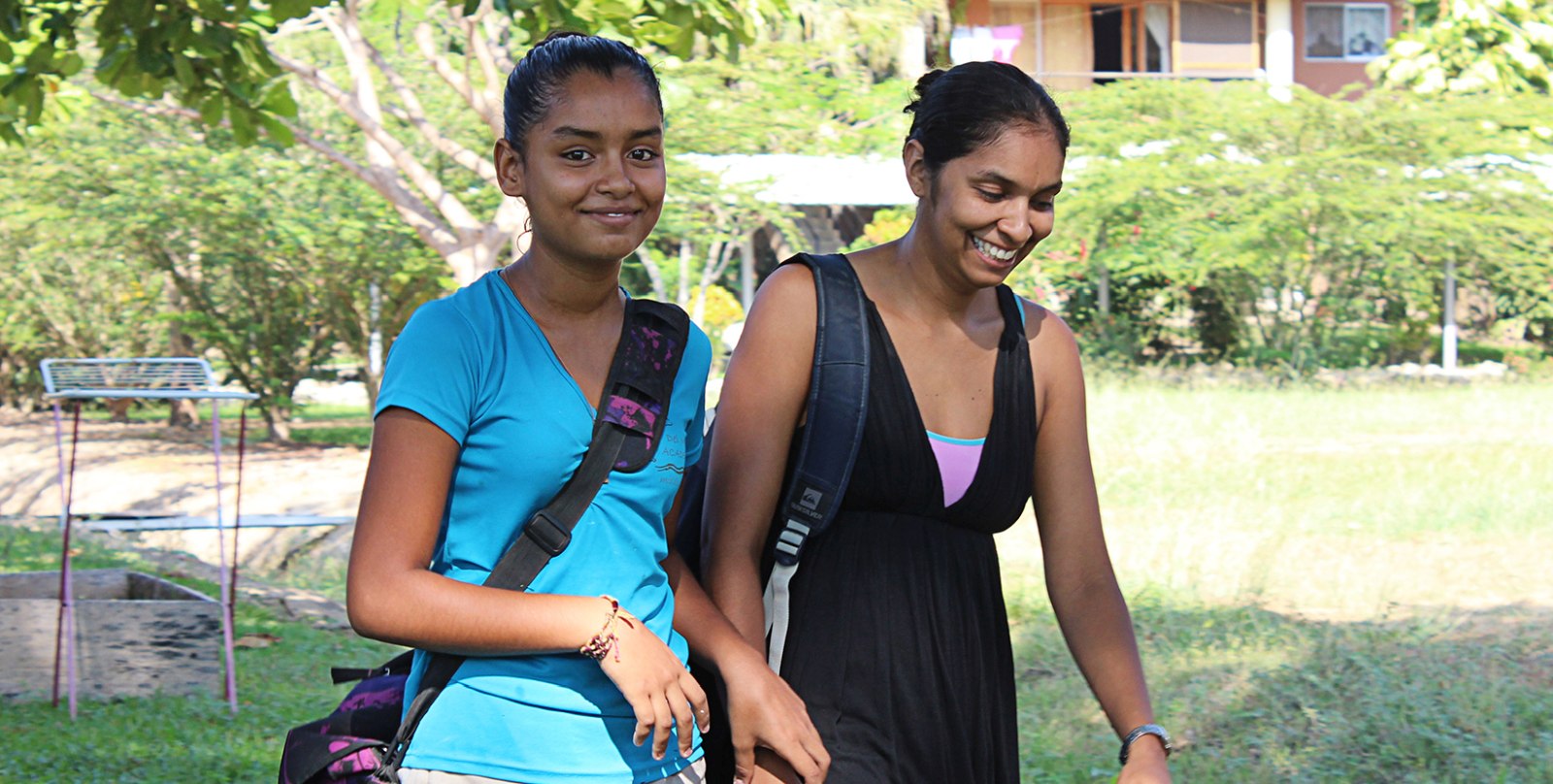
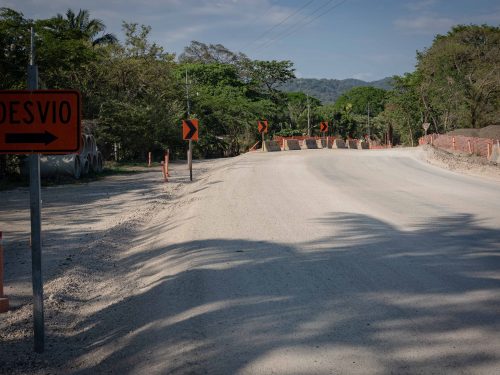

Comments